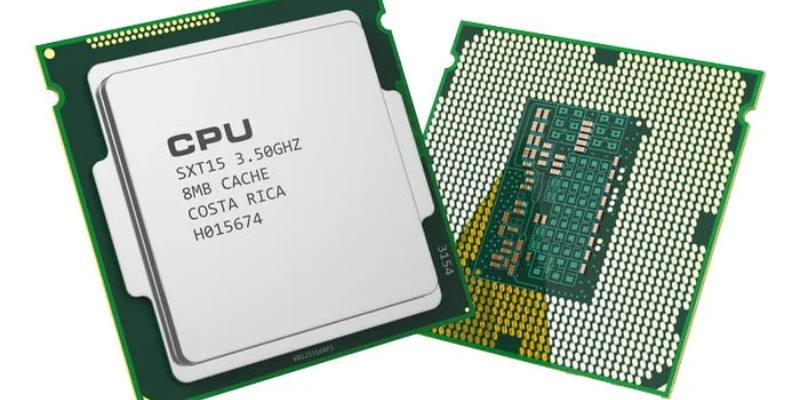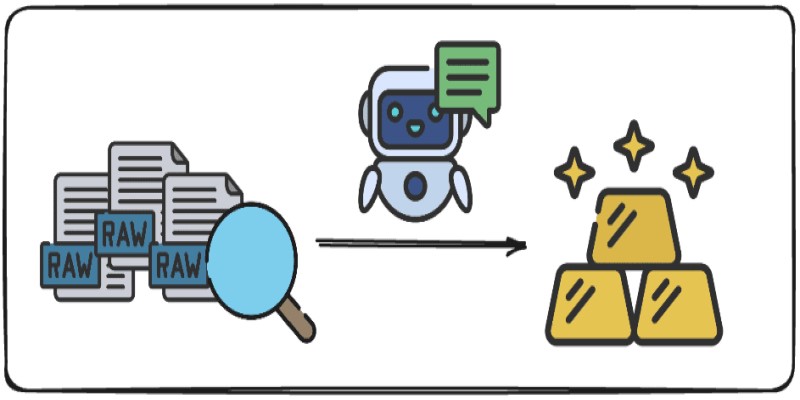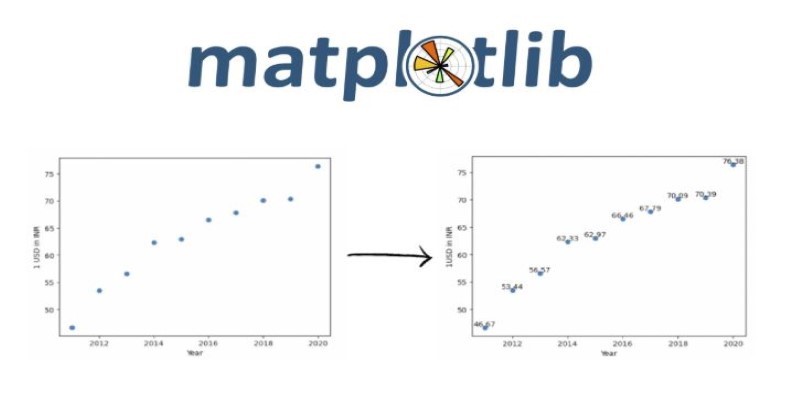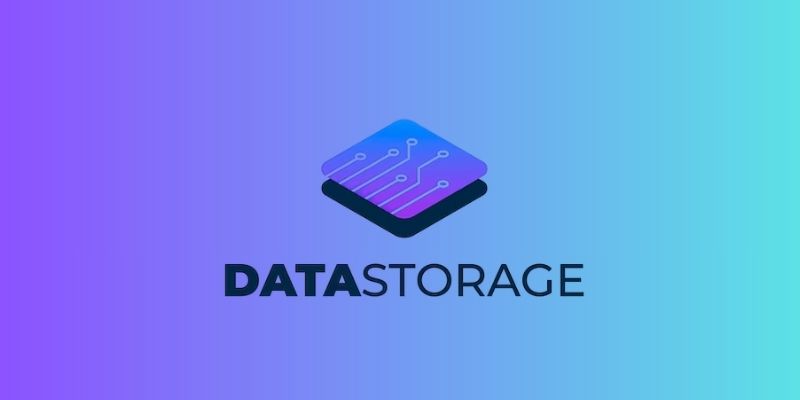Advertisement
Artificial intelligence is no longer just a buzzword—it's reshaping how we interact daily with technology. From personalized recommendations to advanced productivity tools, AI is becoming integral to computing. But what's powering this AI revolution at the hardware level? Intel's Core Ultra CPUs have stepped up with built-in neural processing units (NPUs), making it easier than ever for personal computers to handle complex AI tasks efficiently.
This advancement marks a major leap in user experience, energy efficiency, and computing performance. In this article, we'll explore how Intel Core Ultra CPUs bring AI to life on PCs through neural processing and what it means for everyday users and developers alike.
Intel's Core Ultra series represents a new era of computing in which artificial intelligence is a central focus. These processors are equipped with multiple high-performance cores, energy-efficient E-cores, and, most importantly, a dedicated Neural Processing Unit (NPU). This architecture allows the CPU to handle traditional computing tasks while offloading AI workloads to the NPU.
Key Features Include:
With these elements, Intel pushes AI capabilities directly into laptops and desktops, reducing reliance on cloud computing and improving response times for AI-driven tasks.
Neural processing mimics how the human brain works, allowing a computer to recognize patterns, learn from data, and make predictions. Traditional CPUs and GPUs can perform AI tasks, but often consume more power and lack the efficiency needed for real-time PC applications. That's where NPUs come in. Intel's integrated NPU in Core Ultra chips is designed to natively handle machine learning (ML) and deep learning tasks. It processes functions like:
By distributing AI workloads across specialized hardware units, PCs with Intel Core Ultra processors can perform smarter, faster, and more efficiently, without draining battery life or overloading the system.
With the integration of NPUs, Intel Core Ultra CPUs support a range of AI-powered features that enhance user experience across different use cases. Some real-world applications include:
Whether you're a content creator, remote worker, or everyday user, these AI features improve performance and usability.
The Intel Core Ultra platform opens up new opportunities for developers. The presence of an integrated NPU means developers can build and deploy AI models that run locally on devices without requiring expensive GPU infrastructure or constant cloud connectivity.
Key Benefits Include:
Intel also provides developer tools like the Intel AI SDK and guides for optimizing performance with the NPU, enabling smarter apps built for everyday computing.
Each processing unit inside a PC serves a distinct purpose, especially when handling AI workloads.

These units create a powerful ecosystem where each handles what it does best. The result is improved speed, responsiveness, and power savings in AI-driven applications.
One of the standout advantages of Intel Core Ultra's NPU is energy efficiency. Unlike cloud-based AI solutions, on-device AI processing reduces latency, preserves bandwidth, and saves power. This is especially valuable for:

Intel's Core Ultra CPUs allow AI to run directly on PCs, helping create a seamless, secure, and efficient computing experience.
As software becomes more AI-dependent, having the right hardware to support these functions is essential. Intel's strategy with Core Ultra CPUs and their integrated NPUs shows a clear vision: enabling smarter, context-aware personal computers.
Future Implications Include:
Intel's commitment to AI innovation will likely inspire other chipmakers and software companies to design for NPU-powered environments, expanding the capabilities of consumer and enterprise PCs alike.
Intel Core Ultra CPUs are more than just another generation of processors—they represent a paradigm shift in how personal computers function. With the power of neural processing, everyday tasks become smarter, more intuitive, and more secure. Developers gain a new platform for innovation, and users enjoy seamless performance without compromise.
If you plan to upgrade your device or develop AI-enabled applications, now is the time to explore the capabilities of Intel Core Ultra CPUs. Embrace the future of AI-driven computing—where intelligence lives inside your PC.
Advertisement

How to add strings in Python using 8 clear methods like +, join(), and f-strings. This guide covers everything from simple concatenation to building large text efficiently

Learn about Inception Score (IS): how it evaluates GANs and generative AI quality via image diversity, clarity, and more.

Want to turn messy text into clear, structured data? This guide covers 9 practical ways to use LLMs for converting raw text into usable insights, summaries, and fields

Learn how AI parameters impact model performance and how to optimize them for better accuracy, efficiency, and generalization

Jio Brain by Jio Platforms brings seamless AI integration to Indian enterprises by embedding intelligence into existing systems without overhauls. Discover how it simplifies real-time data use and smart decision-making

Explore effective ways for scatter plot visualization in Python using matplotlib. Learn to enhance your plots with color, size, labels, transparency, and 3D features for better data insights

Want to build a dataset tailored to your project? Learn six ways to create your own dataset in Python—from scraping websites to labeling images manually

Learn how to convert strings to JSON objects using tools like JSON.parse(), json.loads(), JsonConvert, and more across 11 popular programming languages

Discover how Getty's Generative AI by iStock provides creators and brands with safe, high-quality commercial-use AI images.

Anthropic faces a legal battle over AI-generated music, with fair use unlikely to shield the company from claims.

Looking to turn your images into stickers? See how Replicate's AI tools make background removal and editing simple for clean, custom results

Compliance analytics ensures secure data storage, meets PII standards, reduces risks, and builds customer trust and confidence